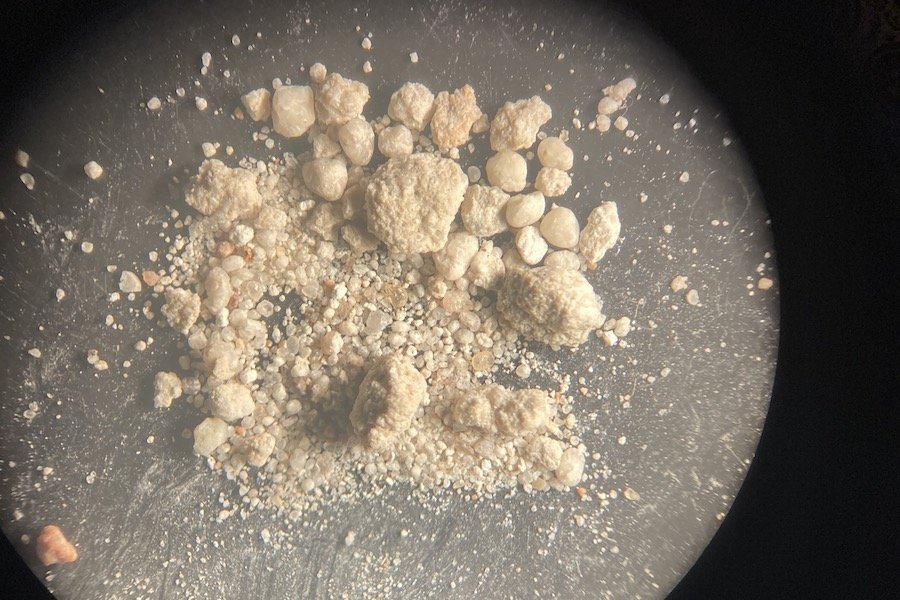U of M geologists discover first-ever Minnesota meteor crash site

Photo credit: Julia Steenberg
Underground meteor crater puts Dakota County on the map
May 20, 2021
There are fewer than 200 confirmed meteorite craters in the world, carefully documented on a digital map by the Planetary and Space Science Centre at the University of New Brunswick. Hopefully, an area near the Twin Cities will soon be on that map.
Researchers with the University of Minnesota’s Minnesota Geological Survey (MGS) have identified an underground crater from a meteorite impact in Inver Grove Heights, Minn. Known impact craters on earth are exceptionally rare, and this is the first ever identified in the state of Minnesota.
“I’ve been mapping and studying the subsurface geology of Minnesota for the last 13 years since I started my career and have not come across something as exceptional as this before,” said U of M geologist Julia Steenberg, one of the researchers who discovered the crater.
“It is exciting and invigorating to know that there are still important scientific discoveries out there to be made, right here in Minnesota.”
The Geological Survey is part of the College of Science and Engineering’s School of Earth and Environmental Sciences. The researchers found the crater while they were updating geologic maps of Dakota County.
Beneath most of Minnesota’s soil, there is a thick accumulation of glacial sediments composed of sand, silt, clay, and boulders. This material covers up much of Minnesota’s older geologic history, or what are known as bedrock layers. These layers of rock are stacked like pancakes in a predictable order that can be traced from place to place in the region—but at the Inver Grove Heights site, the U of M researchers found that these layers were out of order or in some cases turned upside down.
After more investigation, Steenberg and her colleagues found tiny, fractured grains of sand called shocked quartz, a common identifier of meteorite impacts.
“Meteorite impacts on Earth are a rare but important geologic process,” Steenberg explained.
“They produce instantaneous geologic structures—some are associated with mineral and petroleum deposits, and others are associated with large biologic extinctions in Earth’s history,” she said. “They all have their own complexities that can tell us more about the mechanics of the crater formation, deformation associated with the event on the surrounding geologic layers, and other unexpected impact phenomena.”
The disrupted area stretches for about 9 square miles. However, the crater is buried several hundred feet underground and can’t be seen with the naked eye. The geologists hope to glean more information from the impact site in the future to find out the size of the meteor and when the crash occurred.
Because the finding is still new, this site is not yet part of the official Earth Impact Database. The U of M researchers hope it will be included soon.
See other confirmed meteor crash sites across the world on the Earth Impact Database map.
Story by Olivia Hultgren
If you’d like to support research in the University of Minnesota College of Science and Engineering, visit our CSE Giving website.
